
updated: 15.04.2023
Looking at the history of TANK DRUMS and TONGUE DRUMS (category for both: Idiophones), it is noticeable that this history is a nice example of a well working open source idea. So it is an interesting and good counterpart to all the copyright efforts and monopolization attempts that exist in the field of hang/handpans.
Looking at Tank Drums and Tongue Drums the fact is, that in the vibrations of a console made of thin sheet steel (steel tongue) there are many different sounds besides the main one (overtones), and there are tuning masters that tune these overtones well to get a complex harmonized sound. If those instruments are not tuned well, it gets a ‘dirty’, strongly timbre-colored sound (bucket, barrel, basin). as with the handpans, the experience and skill of the tuner is very important for the quality of the sound/instrument.
1990
While the first manufacturers of handpans (PANart) try with all legal means and tricks to secure the unrestricted monopoly for this kind of idiophones, Jim Doble already relied on the power of open source to spread his idea and to push developments when he released his first Tank Drum, the “Whale Drum” in 1990.
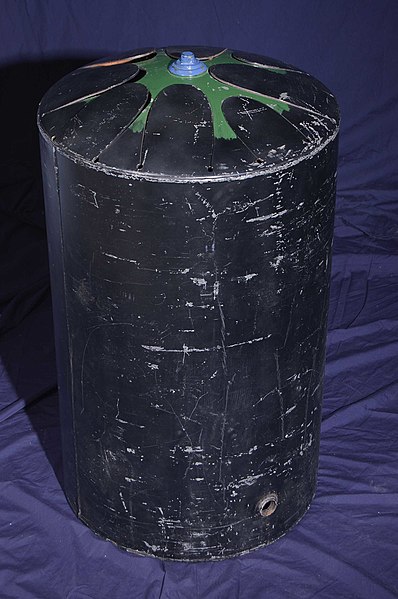
If you look at Jim Doble’s prototype from 1990, you will notice that the tone fields (‘tongues’) are arranged in a circle. And also that the playable ‘cylinder lid’ is curved in a lenticular shape.
It is interesting that both of these features are claimed today by PANart as their ‘intellectual property’ and ‘unique identifying feature of the original Hang’, although PANart was not even founded in 1990.
Video: Jim Dobles original Whale Drum: https://youtu.be/04VHybHqjr4
1990 – 2005
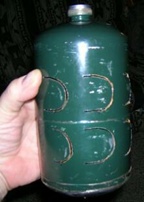
Between the 1990s and the early 2000s, the original idea of Jim Doble was taken up by many around the world. There was experimentation, development, and tinkering to perfect the sound.
2005
When Felle Vega introduced his “Tambiro” on the Internet in 2005, his idea received a lot of attention. More and more people became involved with the idea of a “Tongue Drum” even before the term existed.
Video: Felle Vega zeigt und spielt sein Tambiro: https://youtu.be/pv1FQCeCTIA
2007

At the end of October 2007 Dennis Havlena released the famous “Tank Hank Drum Video” which is considered the birth of the ‘Hank Drums’ , i.e. the Tongue Drums.
Dennis was inspired by PANart’s Hang. Because it was so difficult to acquire a Hang, he simply tried to create ‘something similar’ himself. Hence the name “Hank Drum” – a mixture of HAng and taNK.
Dennis Havlena followed Jim Doble’s open source idea and published detailed instructions for rebuilding his Hank Drum. On Jim’s website you can find free plans for building over 100 different musical instruments.
Video: original Hank Drum, played by Dennis Havlena: https://youtu.be/6LYgxb5J9SI
Also already in 2007 Federico Parra and Ary Lacanna developed the ‘Garrahand‘ in Argentina. Today theirs is called “GDrums” , are made in Argentina from recycled materials and have a built-in microphone system that allows connection to amplifiers and experimental effects pedals.
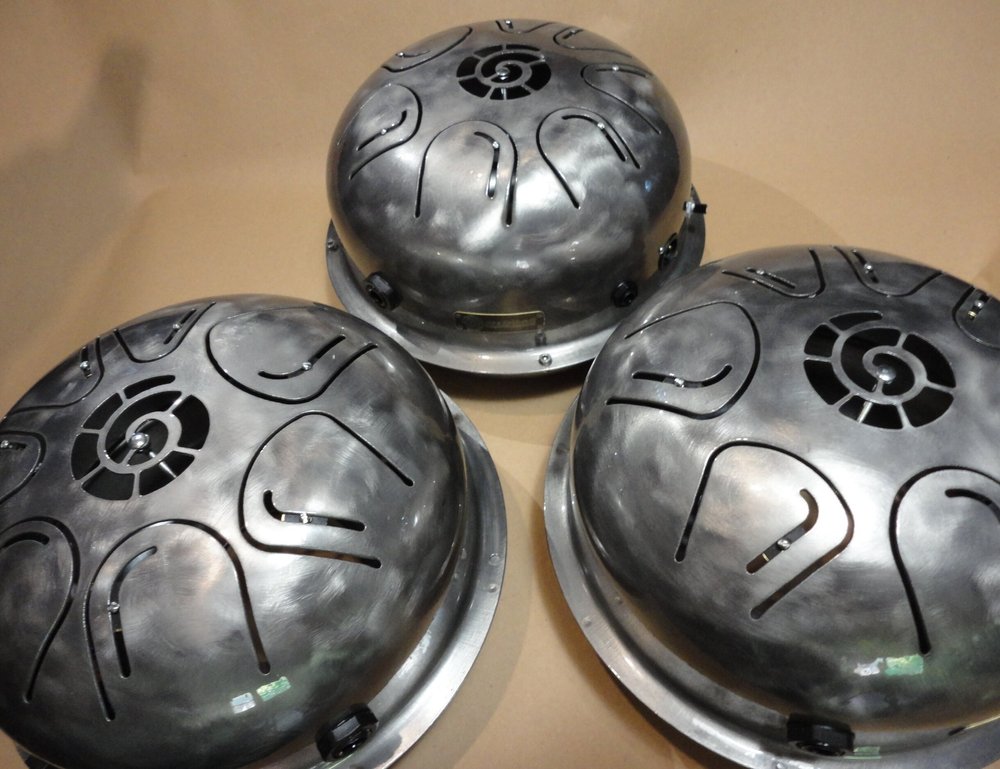
Video: Nadishana playing ‚Garrahand‘: https://youtu.be/MnPIhI3I718
~ 2005 – 2010
Spike Finch was the first to make artisan or more refined Tongue Drums. He was one of the first that used techniques inside the drum to dampen the crosstalk, as well, implementing a “hush-mat” or sound dampening material used by auto audio enthusiasts to reduce vibrations on the panels in their cars from the sounds of their car stereos. His creation was the ‘Zen Tambour‘.
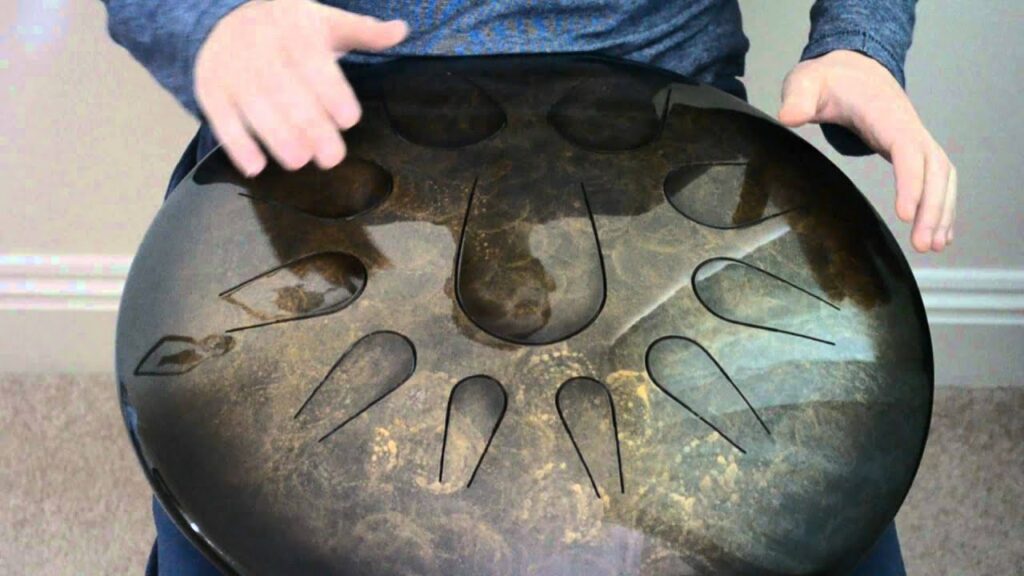
2008 – 2013
In the following years, many further developments were born out of Dennis Havlena’s implementation idea and a market for these novel instruments also developed.
The ‘Tongue Drum’ slowly established itself.
From the well known ‘Hapi Drum‘ to the ‘Aquadrum‘ (Aquadrum Pro added a patented system of tuning magnets that could easily be moved with a screwdriver through slits in the tongues) to the already mentioned ‘GDrum’ which was used by musicians like Sting, Bjork and Peter Gabriel.
2013
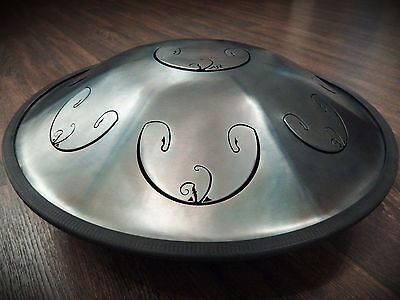
Like so many others, Russian engineering student Andrey Remyannikov did not manage to get his hands on a PANart hangar. Besides, PANart decided to stop the hang production this year. So Andrey started to develop his own instrument.
After 18 months his baby was born – the RAV Vast. To this day one of the highest quality tongue drums in the world.
In the same year the Guda Drum was developed by Max Plakhtin and Alex Lozhkin in parallel with Andrey Remyannikov’s experiments and was offered on the international market.
It’s hard to find out who was the real pioneer in tuning overtones on tongue drums, but it seems that it was Andrey Remyannikov. Somewhere in January 2013, he showed his first RAV (not VAST yet) on the handpan.org forum, and announced the tuning of the first harmonics. Somewhere a little earlier, Dmitry Gubarev (GudaDrum) learned to tune 1 overtone over the main tone, but he formed his ideas closer to the end of 2013. at the same time as Anton Zakharov and Maksim Yudin did Triton (3 sounds in one note – Three Tones). Anton was one of the first 10 masters worldwide who learned how to tune handpans. Therefore, he initially understood what tongue drum tuning needed….
2015

In this year Anton Zakharov and Maksim Yudin from the handpan workshop “Sibiria Sound Sculptures” are experimenting with the principle of Tongue Drums. The result is “Triton“, a very high-quality tongue drum, as you can see and hear in the video. However, as far as I know, this will never be on the market. It remains apparently the only prototype from the “Sibiria Sound Sculpture” workshop.
Video: Maksim playing the “Triton”: https://youtu.be/ck6uckwGpeE
2016 / 2017
Only a few years after these pioneering achievements, countless companies emerged in China that manufacture tongue drums and sell them all over the world. The sound quality of these instruments is often very poor which is not surprising at prices far below $100.
2018
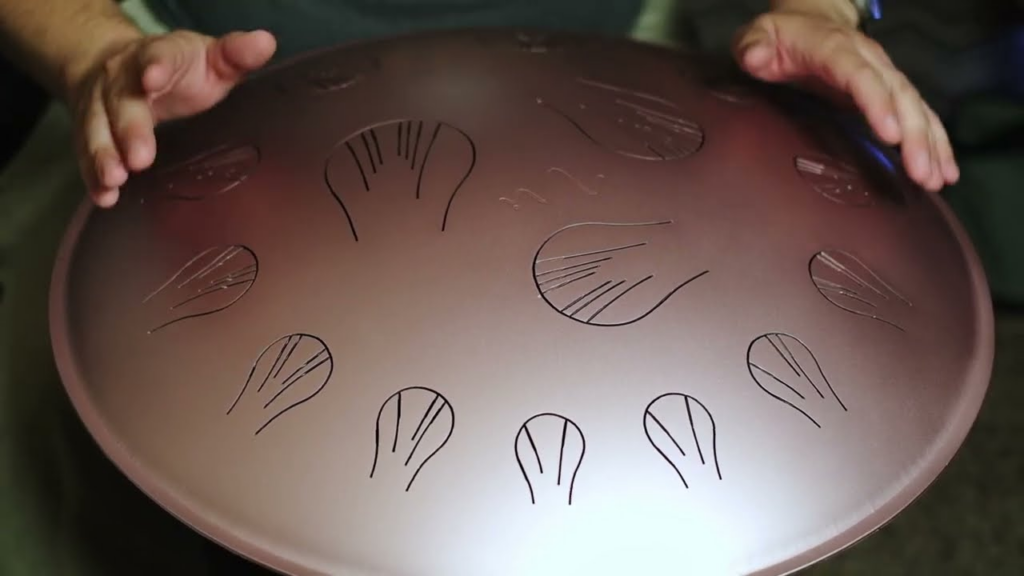
The Pulsar is born. Maksim Yudin concentrates only on the production of his PULSAR Tongue Drums which he builds in Poland in rather manageable numbers. His long ago invented technique to split the tongues proved itself and became a trademark of the Pulsars – even if it did not take long until this technique was imitated by many.
2018 – today
Similar to handpans, the quality of these instruments is in the hands of the most experienced tuners possible. Despite the latest technology and AI, it will be a long time before robots can finish tuning instruments like handpans or tongue drums to a satisfactory level. I even suspect that machines will NEVER be able to match the tuning quality of an experienced tuner. And that’s a good thing !

Leave a Reply